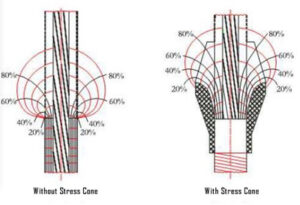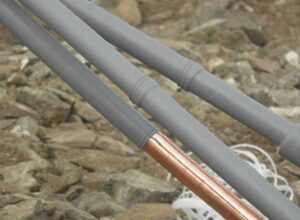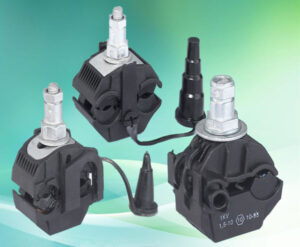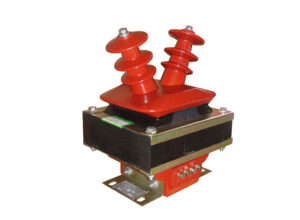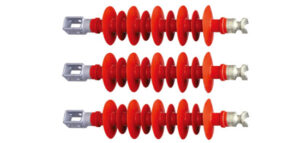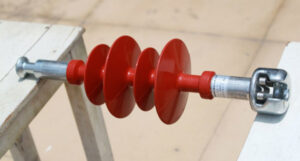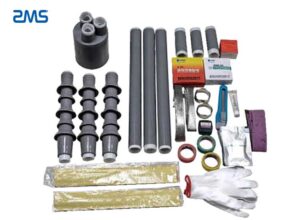1、High Voltage Cable Termination Structure and Insulation Mdium
1.1 Overall Structure
High-voltage cable terminations can be divided into porcelain sleeve type, composite sleeve type, integral prefabricated type, GIS termination, etc. Their core structure is similar. The description here is based on the ceramic sleeve type cable termination structure as an example.
Figure 1 Typical structure of porcelain sleeve type cable termination
1—Outlet fittings, 2—Wiring post, 3—Shield cover, 4—Insulation filler, 5—Porcelain sleeve, 6—Stress cone protective cover, 7—Stress cone, 8—cone support, 9—support insulator, 10— Tailpipe

